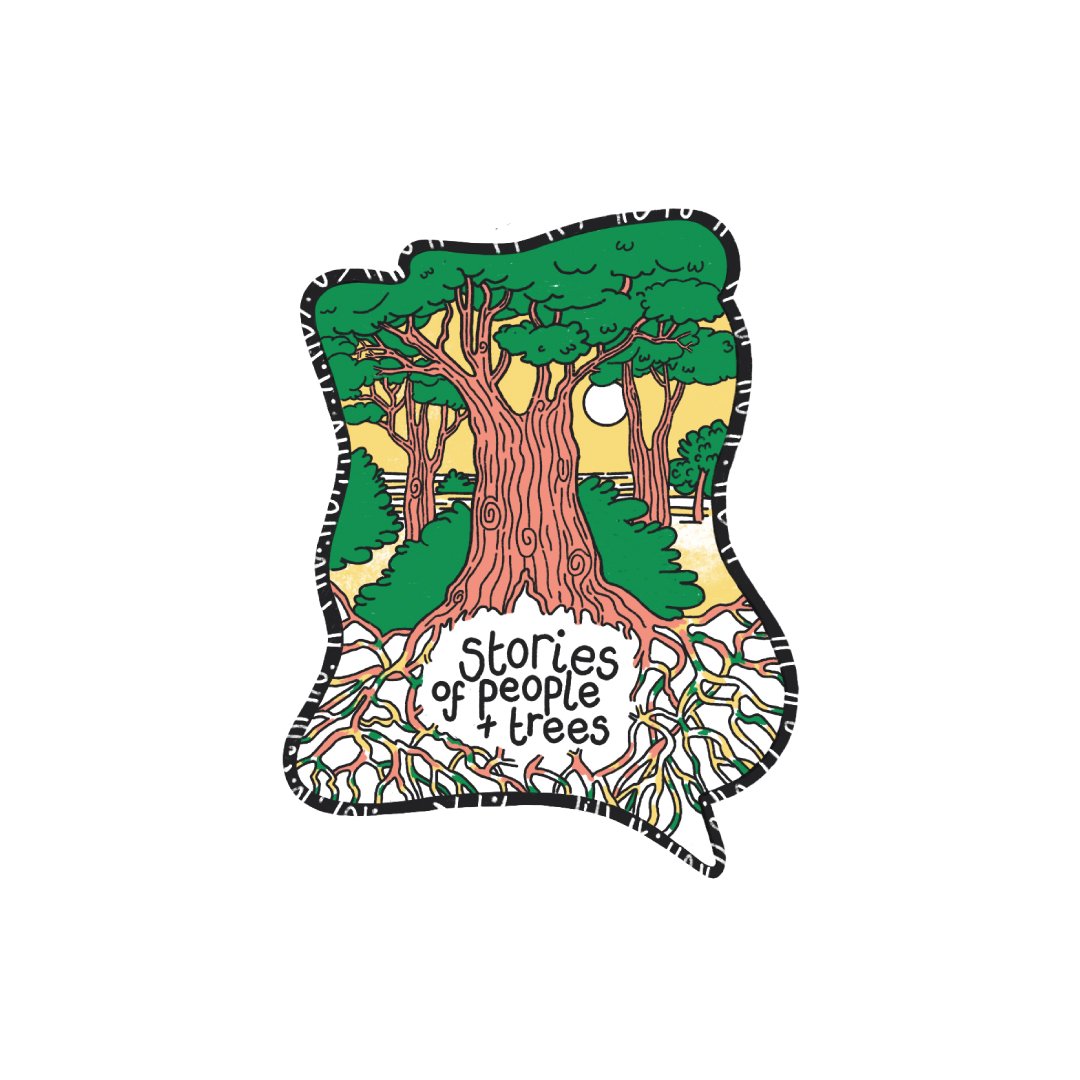The Rowan - an ecologist’s reflection
The Rowan Tree
Sorbus Aucuparia
I first met the Rowan Tree in the summer of 2010. There’s a picture in our photo album of me sat cross-legged outside our friends’ farmhouse in Galloway, breast-feeding my youngest son. I’d unexpectedly produced two children in less than 2 years, and was going through a profound period of not knowing who I was anymore; feeling invisible, and less certain about everything.
We took a walk up the hill, with the toddler toddling and the baby in the papoose. At the drystane dyke we stop, because here is the Rowan Tree. It leans away from the wall, reaching out and upwards. At first glance it’s unassuming, kind of ordinary, reserved and definitely not showy. But here I have a bit of an epiphany moment; life isn’t about showiness, conspicuousness, bright colours and fanfares. Biggest is not always best.
This is an old rowan. How old, none of us really know. It was here when Jim and Rosemary came to the farm in 1987; and it was here when their predecessor arrived in the early 1950s. From those memories, it has barely changed in stature and form over that time; standing around 8 m tall it could be 70 or 80 years old, at least. There isn’t much known about how long rowans live, which is odd given how much humans have valued them in centuries past – the wood was the second choice for your longbow if there wasn’t a handy yew; you can make wine and jelly from the berries, and staves for your barrels. In now often denuded uplands, “wee trees” are hugely important as ecological niches in these landscapes – rowans, willows and birches clinging on in steep-sided cleuchs, out of reach from the chomping mouths of deer and sheep.
The Rowan Tree supports so much – lichens and mosses carpet its trunk; bees periodically set up home in its holes; the berries are enjoyed by finches and thrushes. This one is even producing little versions of itself.
I have been a professional ecologist for over 25 years. With each passing year I find I know less and less, and feel a rising panic associated with the need to keep on running in order just to stand still. At a time of environmental crisis I worry that I should be doing MORE, being more conspicuous, more evangelical, more SHOUTY. But then my mind returns to the Rowan Tree - there is a lot to be said for quietly getting on with it, as would probably be advocated by Jim and Rosemary – long-retired but also ecologists, the otter experts of their day, but they’re unlikely to tell you that. Revisiting my friends and the Rowan Tree this autumn, I am reminded that quality not quantity, reliability and consistency are often significantly undervalued.




